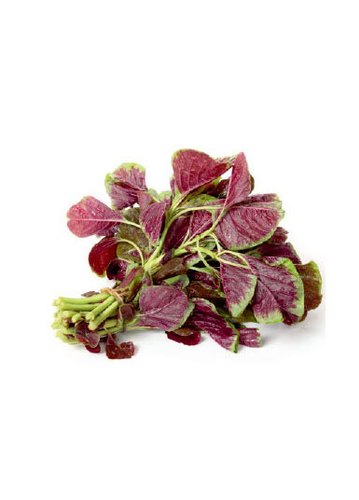About: Root to stem cooking is demonstrated by red amaranth. All parts of the plant, including the stalks, leaves, stems, flowers, and seeds, are edible and nutritious. Amaranth seeds, like quinoa, are a grain alternative. Both of these gluten-free pseudo-grains are likely to have originated in Peru and were domesticated about the same time, between 5,000 and 7,000 years ago.
How to use: Raw or cooked, amaranth greens are delicious. The younger leaves are gentle and sensitive, whilst the older plants become slightly fibrous and bitter. Choose amaranth leaves with short, thin stalks and no flower buds. Even though the blooms are edible, they usually signify that the leaves are past their prime. Salads and soups can be made using greens, or they can be briefly sautéed in oil like spinach. Bacon, ham, poultry, anchovies, garlic, onion, sesame seeds, soy sauce, lemon, mushrooms, oregano, dill, cumin, goat cheese, parmesan, ricotta, mustard, walnuts, and curries are some of the complementary flavors.
Health Benefits: Amaranth leaves are similar to beets, Swiss chard, and spinach in terms of nutrition, but they are genetically closer to their wild relatives and provide a significantly superior source of carotene, iron, calcium, protein, vitamin C, and trace minerals.


 Hydroponics
Hydroponics
